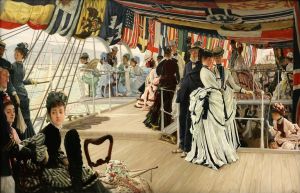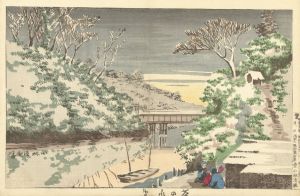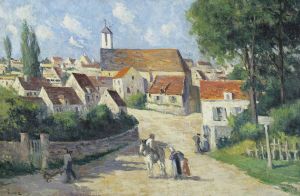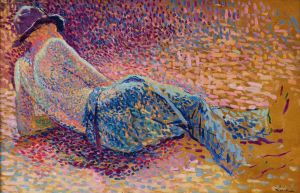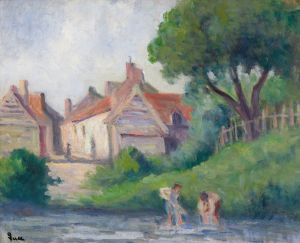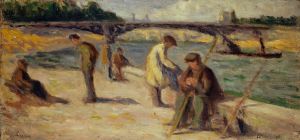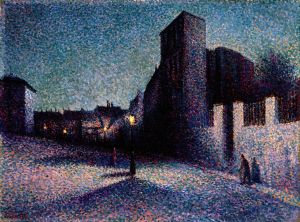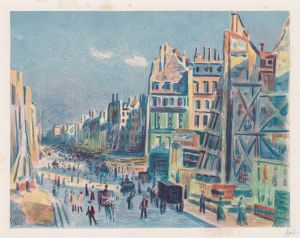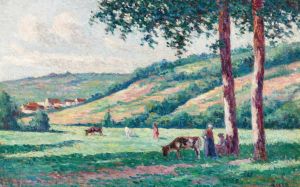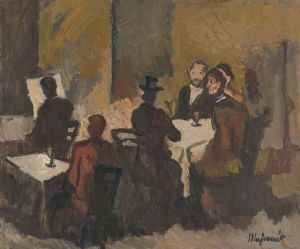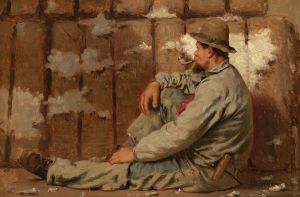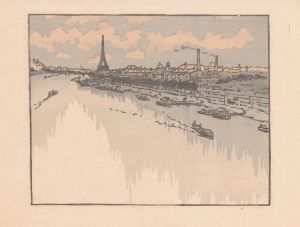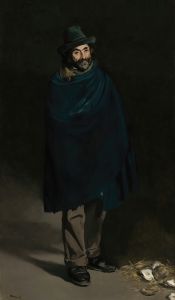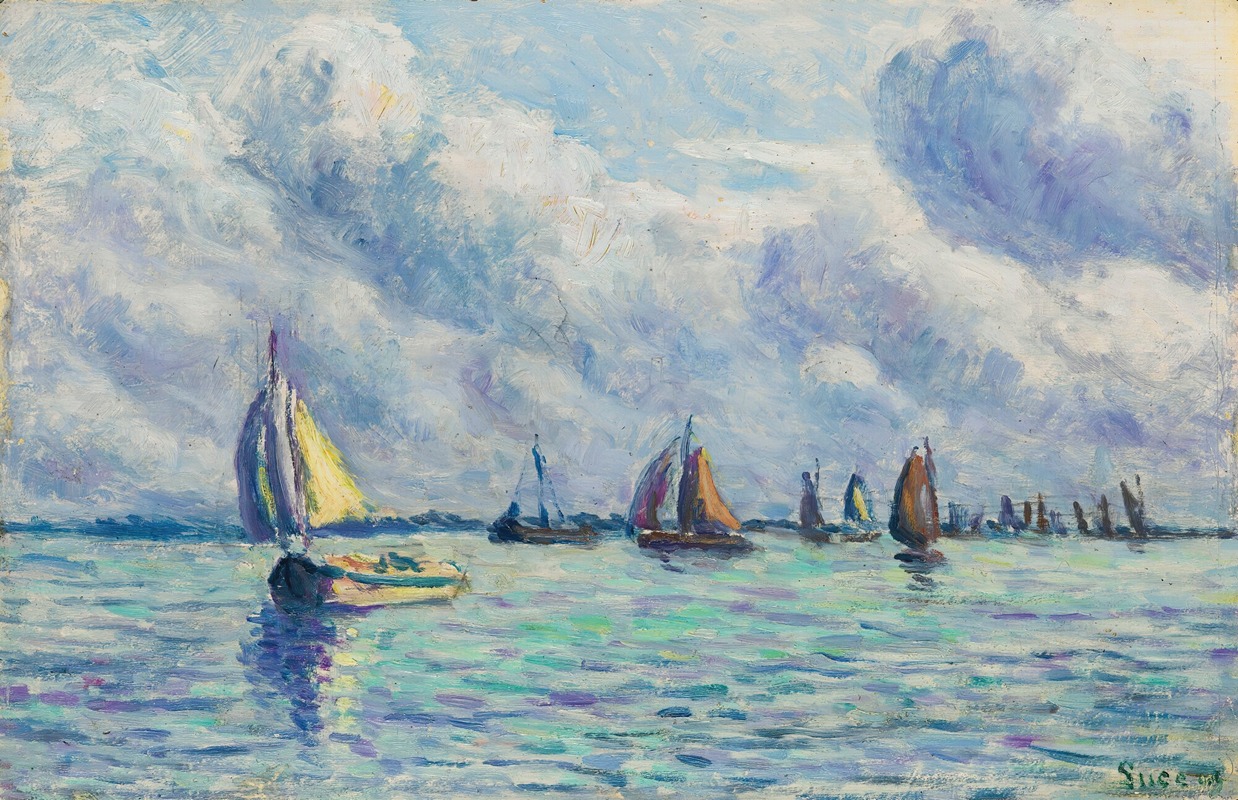
Bateaux Sur La Meuse À Rotterdam
A hand-painted replica of Maximilien Luce’s masterpiece Bateaux Sur La Meuse À Rotterdam, meticulously crafted by professional artists to capture the true essence of the original. Each piece is created with museum-quality canvas and rare mineral pigments, carefully painted by experienced artists with delicate brushstrokes and rich, layered colors to perfectly recreate the texture of the original artwork. Unlike machine-printed reproductions, this hand-painted version brings the painting to life, infused with the artist’s emotions and skill in every stroke. Whether for personal collection or home decoration, it instantly elevates the artistic atmosphere of any space.
Maximilien Luce was a French Neo-Impressionist artist known for his paintings, illustrations, and engravings. He was born on March 13, 1858, in Paris, France, and became associated with the Neo-Impressionist movement, which was characterized by the use of pointillism—a technique involving the application of small, distinct dots of color to form an image. Luce's work often depicted urban scenes, landscapes, and social issues of his time.
"Bateaux Sur La Meuse À Rotterdam" is one of Luce's paintings that exemplifies his interest in capturing the essence of industrial and urban life. The title translates to "Boats on the Meuse at Rotterdam," indicating the subject matter of the painting. The Meuse River is a major European river that flows through France, Belgium, and the Netherlands, and Rotterdam is a significant port city in the Netherlands. This setting provides a backdrop that reflects Luce's fascination with the interplay between nature and industry.
In this painting, Luce employs his characteristic pointillist technique to depict the bustling activity on the river. The use of small, vibrant dots of color creates a sense of movement and light, capturing the dynamic atmosphere of the port. The boats on the Meuse are rendered with careful attention to detail, showcasing Luce's skill in portraying the industrial elements of the scene. The composition likely includes a variety of vessels, from small boats to larger ships, emphasizing the importance of the river as a hub of commerce and transportation.
Luce's choice of subject matter in "Bateaux Sur La Meuse À Rotterdam" reflects the broader themes of the Neo-Impressionist movement, which often focused on modern life and the changing landscapes of the late 19th and early 20th centuries. The painting not only highlights the industrial advancements of the time but also captures the beauty of the natural environment, as seen in the reflections on the water and the play of light across the scene.
Throughout his career, Luce was deeply influenced by the social and political issues of his time. He was an anarchist and often used his art to comment on social injustices and the struggles of the working class. While "Bateaux Sur La Meuse À Rotterdam" primarily focuses on the aesthetic and industrial aspects of the scene, it can also be seen as a reflection of Luce's interest in the lives of ordinary people and the environments they inhabit.
Maximilien Luce's contributions to the Neo-Impressionist movement and his unique artistic style have left a lasting impact on the art world. His works are celebrated for their vibrant use of color, meticulous technique, and insightful portrayal of contemporary life. "Bateaux Sur La Meuse À Rotterdam" stands as a testament to Luce's ability to capture the essence of a moment in time, blending the natural and industrial worlds with his distinctive artistic vision.






